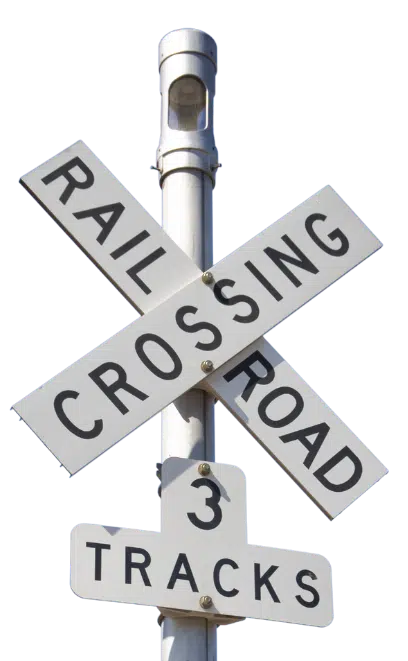Key Takeaway: America’s freight rail industry is safe and invested in getting safer every day. With a laser focus on infrastructure equipment improvements, technology-enhanced inspections and expansive employee training, the last decade has been the safest ever for rail.
Newly released data from the Federal Railroad Administration (FRA) confirms that the industry’s safety-centered approach to investments and operations deliver overall improvements that have made the last decade the safest ever for rail. Specifically, these strong, unrelenting efforts have driven the train accident rate down 27% since 2000 and 6% since 2022.
Notable employee safety statistics include:
- For all railroads, on-duty fatalities declined 71% since 2000 and reached an all-time low in 2023.
- For Class I railroad employees, the rate of injuries and fatalities has dropped by 63% since 2000 reaching an all-time low in 2023.
Analysis of 2023 FRA Data per million train miles indicates:
- For all railroads, the derailment rates have dropped 30% since 2000.
- Per carload, the hazardous materials (hazmat) accident rate is at its lowest ever and down 75% since 2000 based on preliminary data.
- Class I railroads’ mainline accident rate is down 42% since 2000 but increased slightly compared to 2022.
- Class I railroads decreased yard accident rate per million-yard switching miles by 11%, reversing last year’ increase.
In a new white paper, AAR outlined how railroads are taking decisive, meaningful steps to build a safer future. Among other things, the paper examines how carriers employ a multi-faceted strategy to safeguard its workforce and the public by addressing and mitigating the leading causes of accidents – infrastructure or track defects, equipment malfunctions and human error.


